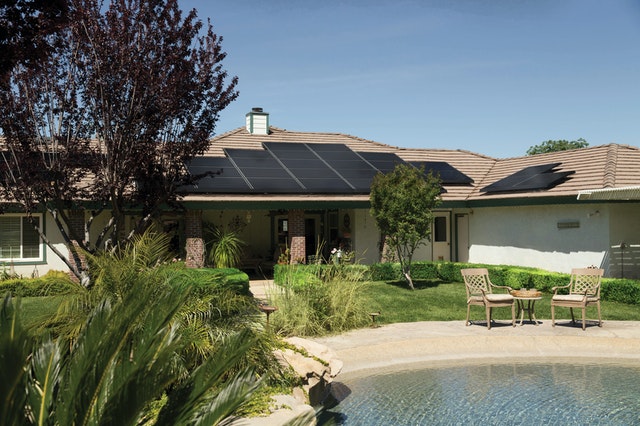Solar power is energy from the sun that is converted into thermal or electrical energy. Solar energy is the cleanest and most abundant renewable energy source available, and the U.S. has some of the richest solar resources in the world. Solar technologies can harness this energy for a variety of uses, including generating electricity, providing light or a comfortable interior environment, and heating water for domestic, commercial, or industrial use.
NON-RENEWABLE SOURCE OF ELECTRICITY:
Many citizens are aware of non-renewable sources of electricity. Their economic advantages have made solar energy more popular. Solar Energy can also provide 24×7 power, including in gloomy days and in the night, with Battery Backup. It is often associated with inter-grid networks that provide continuous electricity. Together with fossil fuels and coal reserves, it has more advantages. It is a viable and stable solution to meet the need for high energy. Solar and renewable technology research is promising to have a worldwide future. Solar-thermal energy plants use various techniques to concentrate solar energy as a heat source on a far bigger scale. The heat is then used to boil water to provide fuel for thousands of people to a steam turbine that provides electricity much like coal and nuclear plants.
For billions of years, the sun has provided electricity. Each hour the sun sheds more light on the Planet than it takes for a whole year to fulfill global energy takes.
HOW TO USE SOLAR ENERGY:
For one method, the sunlight shines on an oil pipe from the middle of the long troughs of U-mirrors. Then the hot oil heats water to produce electricity. Another technique uses rotating mirrors to concentrate sunlight in a collector’s tower where a recipient sits. Molten salt is heated to power a generator by means of the receiver.
There are other passive solar technologies. Big windows on the sunny side of a house, for example, allow sunlight to trap heat on the floor and walls. So these surfaces release the heat in the evening to keep the structure dry. Also, absorbent plates will warm the fluid on the roof in the tubes.
PITFALLS:
At night, solar power does not function without a battery, and rainy weather will make the system unstable during the day. Solar technology is also very expensive and requires a lot of land to harvest energy from the sun at levels that are useful to many people.
In the past 15 years, the use of solar energy has risen to approximately 20% annually due to rapidly falling prices and improved efficiency, despite its drawbacks. The main markets for solar cells are Japan, Germany, and the United States. Solar energy can often pay for itself in five to ten years with tax incentives and effective cooperation with energy companies.
SOLAR ENERGY- A CLEAN SOURCE:
When you use solar panels to produce electricity, no greenhouse gas emissions are emitted into the atmosphere. Since the sun provides more energy than we ever need, solar power is a very significant source of energy in moving towards generating renewable energy.
NO FUEL TO BURN:
The maintenance costs relative to other types of power generation are very small once solar panels have been installed. Fuel is not required, which means that solar energy can generate large quantities of electricity without being uncertain and expensive to secure the fuel supply.
SOLAR & RENEWABLE SOURCE OF ENERGY:
The environmental effect of Solar Power as a renewable CO2-free power source is considerably less than any other form of generation. The effect is mainly related to the manufacture and supply of the special materials and metals required to produce solar panels. The location and water in which the solar panels are washed often affect the environment. We work hard to find other ways to clean our solar panels.
SOLAR TECHNOLOGY:
There are three main ways to harness Solar Energy: Photovoltaic, solar heating & energy, and concentrating solar power. Photovoltaics generate electricity directly from sunlight via an electronic process and can be used to power anything from small electronics such as calculators and road signs up to homes and large commercial businesses. Solar heating & cooling (SHC) and concentrating solar power (CSP) applications both use the heat generated by the sun to provide space or water heating in the case of SHC systems or to run traditional electricity-generating turbines in the case of CSP power plants. kn95 mask, infrared thermometer, 3ply mask
Written by: Nimra Siddiqui



